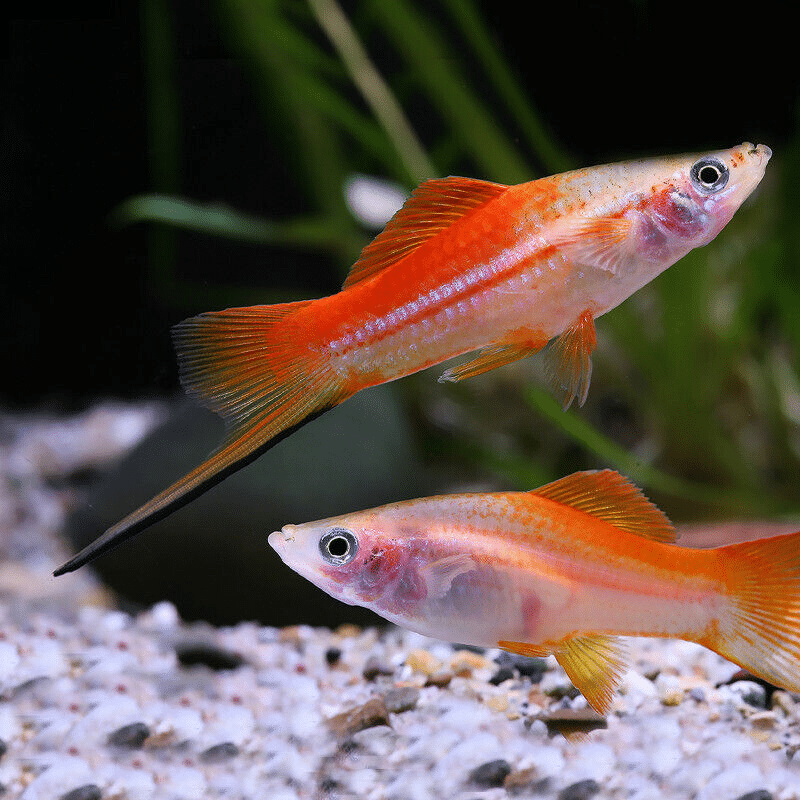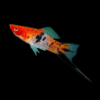-
×
Assorted Colour Vampire Crab Geosesarma Sp 2-3Cm 1 × £8.71
-
×
-
×
-
×
Red Devil Vampire Crab - Geosesarma Hagen - Decapod Crustacean 1 × £8.71
-
×
Subtotal: £158.70

 Assorted Colour Vampire Crab Geosesarma Sp 2-3Cm
Assorted Colour Vampire Crab Geosesarma Sp 2-3Cm 

 Red Devil Vampire Crab - Geosesarma Hagen - Decapod Crustacean
Red Devil Vampire Crab - Geosesarma Hagen - Decapod Crustacean 













Emily Carter (verified owner) –
I recently purchased 10 Pineapple Swordtails from this site, and I couldn’t be happier! After acclimating them to my 55-gallon community tank for about a week, they adapted beautifully and have already brought a vibrant energy to my aquarium. The incredible mix of colors in these tropical fish is stunning, and they love to swim around, showing off their personalities. I’ve noticed they thrive on high-quality fish food, especially flakes that are rich in nutrients. Compared to other livebearers I’ve kept, these swordtails are much more interactive and social, which makes observing them a joy.
As a caring fish parent, I always prioritize the health and happiness of my aquatic friends, and I can confidently recommend these fish to anyone starting with a community tank or looking to add some lively characters. My only minor concern was that one of them seemed a bit shy at first, but after a few days, they all started mingling together. This is a fantastic addition to any aquarium, and I would definitely buy again!
Mike Thompson (verified owner) –
I recently added 10 Pineapple Swordtails to my aquarium, and I couldn’t be happier with my choice! These freshwater fish are not just beautiful; their bright colors and lively nature have really transformed my tank. I’ve had them for about two months now, and they are thriving! I love how they swim in schools, displaying their wonderful personalities. Unlike other species I’ve tried, these swordtails are peaceful and get along well with my other tropical fish, making them ideal for a community setup.
I was initially concerned about their adjustment period, but they acclimated quickly and started exploring their new environment within a few hours. The vibrant orange and yellow hues of their fins add a delightful splash of color that has captivated my family and friends. One minor issue was a slightly slower shipping process, but they arrived healthy and in great condition, which is what truly matters to me as a caring fish parent.
If you’re looking for lively yet peaceful aquarium fish to enhance your setup, I highly recommend these Pineapple Swordtails—they truly bring joy to my aquatic world!